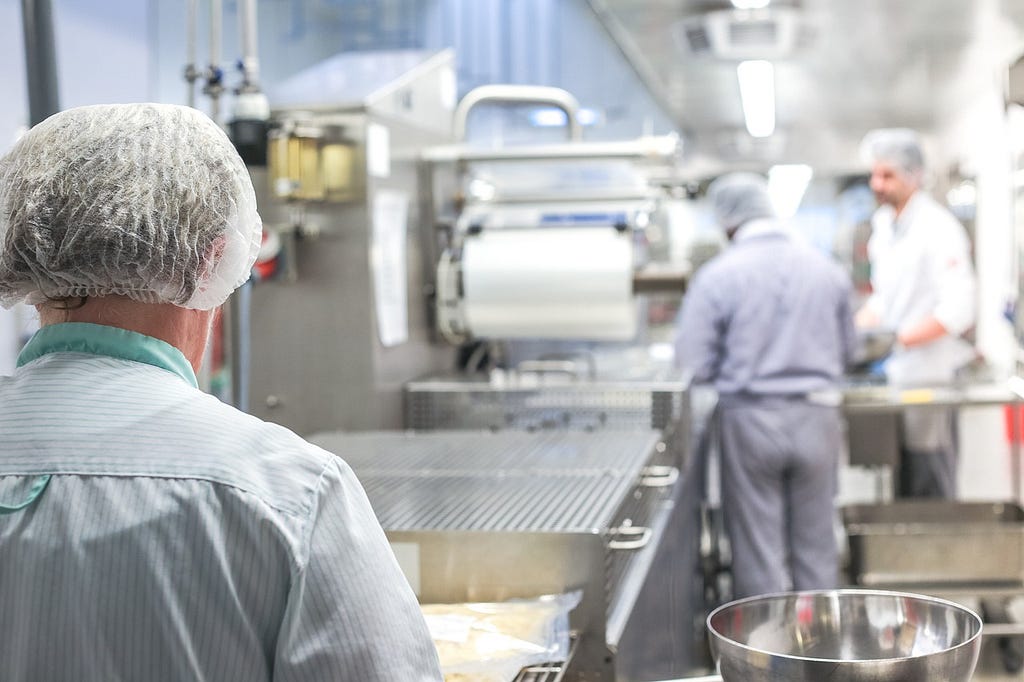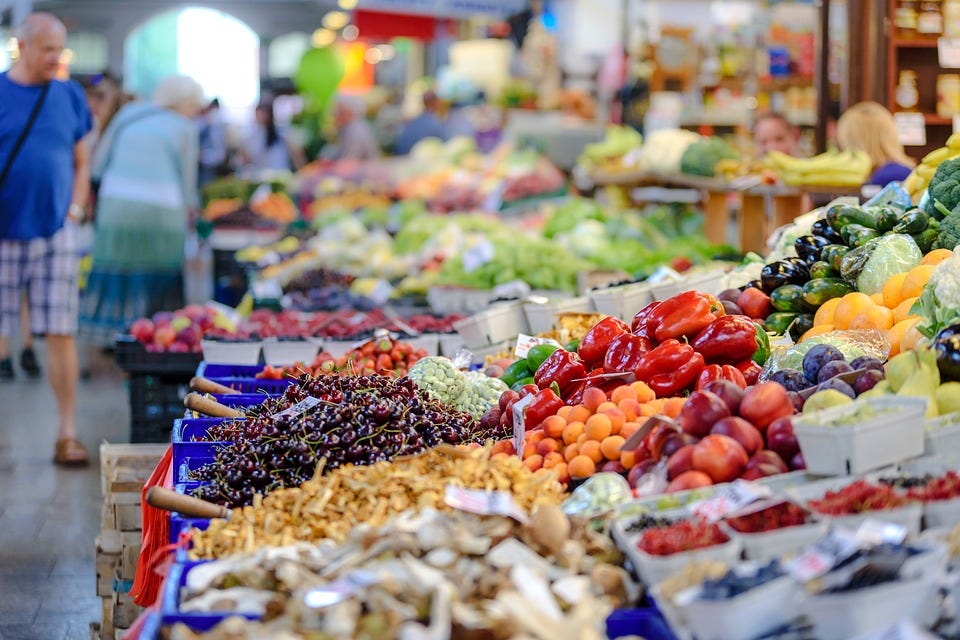Latest news about Bitcoin and all cryptocurrencies. Your daily crypto news habit.

The world’s growing population is causing more than a handful of problems. A study by the United Nation’s Department of Economic and Social Affairs predicts that the world’s population could be 11.2 billion by 2050; a significant increase from today’s 7 billion.
Although the population is growing, the global food supply chain has not grown proportionately.
Another study conducted by the United Nations, this time from the Food and Agricultural Organization, indicates world hunger is also on the rise. It states that the number of undernourished people continues to increase annually and the most recent data suggest that up to 815 million people have little to no access to a steady flow of nutritional food.
Growing demand should drive investments…BUT
The FAO recognizes this issue as worsening over time — food production capacity must rise along with the population. The FAO stated… “if the world’s population reaches 9.1 billion, then today’s food production should increase by up to 70 percent to fully meet the growing demand.”
It goes without saying that to increase food production, various food chain sectors will have to make a commitment to increase their investment in production capacity as well.
However, many companies seem reluctant to make significant investments without a clearer picture of what kind of return they can expect. This is certainly understandable from a pure business standpoint — but it’s not one that’s going to help feed a lot of hungry people.
Also hindering the increase in production capacity are various governments’ implementation of so-called, eco-friendly laws. The United States, for instance, wants to reduce greenhouse gas emissions but by doing so, farmers will have to curtail or eliminate some old tried and true methods.
For example, nitrogen fertilizers have been widely used because they are relatively cheap and very effective. Nevertheless, they produce a high level of greenhouse gas emissions so producers will not be able to use excessive amounts.
Helping feed the world through sustainable and eco-friendly, indoor aquatic farming
One protein-rich food group that has suffered from low production rates in recent years and could use innovative solutions to address that problem is the shrimp industry.
According to the FAO, the amount of shrimp farmed globally was stagnant and or actually weakened in 2016. This was primarily due to persistent shrimp disease and other related issues that affected shrimp populations in Asia and Central and South America, and the problem continues to persist today.
However, an industry leader like NaturalShrimp, Inc. (OTCQB: SHMP) could be one of the keys to solving part of the global food supply chain problem and shrimp shortage.
Patent- pending, proprietary technology
The company has developed patent- pending, proprietary technology to grow fresh, gourmet-grade shrimp consistently and economically anywhere in the world in indoor, recirculating saltwater facilities that operate entirely without using antibiotics or harmful chemicals.
The revolutionary new system is called Vibrio Suppression Technology (VST) which excludes and suppresses harmful organisms like bacteria, while simultaneously avoiding the production and buildup of nitrates and nitrites, two classes of chemical by-products that have historically been problematic for older technologies.
NaturalShrimp also carefully monitors the feeding, oxygenation, and temperature of the water using a proprietary computerized system which provides real-time feedback 24 hours a day. The company’s Automated Monitoring and Control System, which was developed over a period of several years, helps to manage the 24 grow-out tanks in a full-sized production facility with a bare minimum of human input.
Each NaturalShrimp facility is designed to produce a 6,000-pound crop of fresh, all-natural Pacific White Shrimp (18–22 count, per pound) each week, starting with 10-day old post-larvae shrimp (PL10s). The grow-out process is 24 weeks of cultivation time per “crop.”
Its high-grade fresh shrimp should command a significant premium vs. other commonly available frozen shrimp products and demonstrate to other aqua-cultural producers that innovative technology could indeed provide the ROI to justify an increased investment in their specific sector.
As a leader in eco-friendly and sustainable aquatic life farming, one can only hope that NaturalShrimp inspires more entrepreneurs to join in the effort to feed a growing world population.
Growing global population calls for better food production technology was originally published in Hacker Noon on Medium, where people are continuing the conversation by highlighting and responding to this story.
Disclaimer
The views and opinions expressed in this article are solely those of the authors and do not reflect the views of Bitcoin Insider. Every investment and trading move involves risk - this is especially true for cryptocurrencies given their volatility. We strongly advise our readers to conduct their own research when making a decision.
